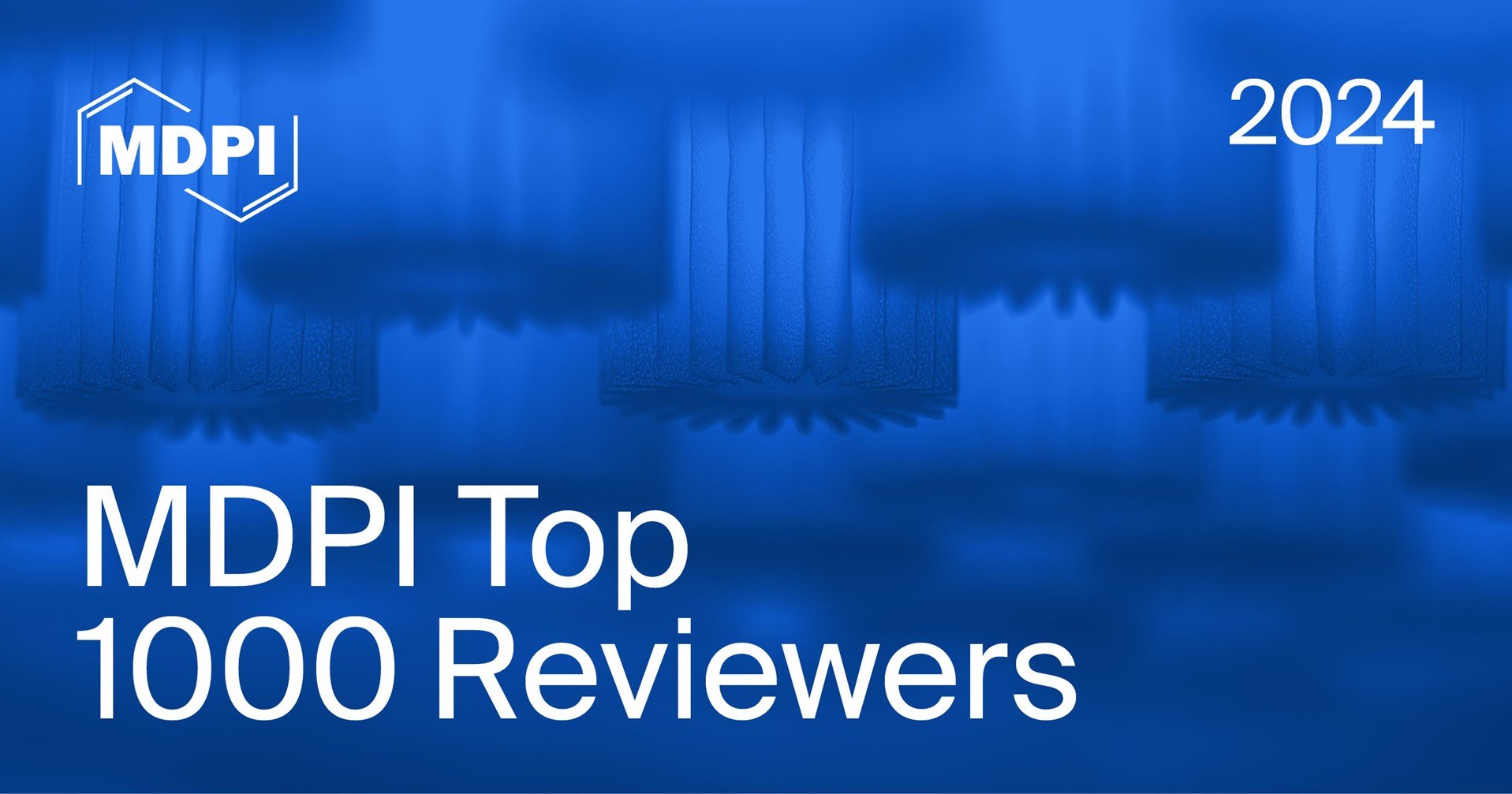-
 Development and In-Field Validation of an Autonomous Soil Mechanical Resistance Sensor
Development and In-Field Validation of an Autonomous Soil Mechanical Resistance Sensor -
 Fluorescence Detection of Dopamine Using o-Phthaldialdehyde and 3-Mercaptopropyltriethoxysilane
Fluorescence Detection of Dopamine Using o-Phthaldialdehyde and 3-Mercaptopropyltriethoxysilane -
 Microfluidic Biosensors: Enabling Advanced Disease Detection
Microfluidic Biosensors: Enabling Advanced Disease Detection -
 Enhanced Readout System for Timepix3-Based Detectors in Large-Scale Scientific Facilities
Enhanced Readout System for Timepix3-Based Detectors in Large-Scale Scientific Facilities -
 Respiratory State Estimation in Public-Oriented Powered Air-Purifying Respirators
Respiratory State Estimation in Public-Oriented Powered Air-Purifying Respirators
Journal Description
Sensors
- Open Access — free for readers, with article processing charges (APC) paid by authors or their institutions.
- High Visibility: indexed within Scopus, SCIE (Web of Science), PubMed, MEDLINE, PMC, Ei Compendex, Inspec, Astrophysics Data System, and other databases.
- Journal Rank: JCR - Q2 (Instruments and Instrumentation) / CiteScore - Q1 (Instrumentation)
- Rapid Publication: manuscripts are peer-reviewed and a first decision is provided to authors approximately 19.7 days after submission; acceptance to publication is undertaken in 2.4 days (median values for papers published in this journal in the first half of 2025).
- Recognition of Reviewers: reviewers who provide timely, thorough peer-review reports receive vouchers entitling them to a discount on the APC of their next publication in any MDPI journal, in appreciation of the work done.
- Testimonials: See what our editors and authors say about Sensors.
- Companion journals for Sensors include: Chips, Targets and AI Sensors.
- Journal Cluster of Instruments and Instrumentation: Actuators, AI Sensors, Instruments, Micromachines and Sensors.
Latest Articles
Highly Accessed Articles
Latest Books
E-Mail Alert
News
Topics
Deadline: 20 October 2025
Deadline: 31 October 2025
Deadline: 30 November 2025
Deadline: 15 December 2025
Conferences
Special Issues
Deadline: 9 October 2025
Deadline: 10 October 2025
Deadline: 10 October 2025
Deadline: 10 October 2025






























